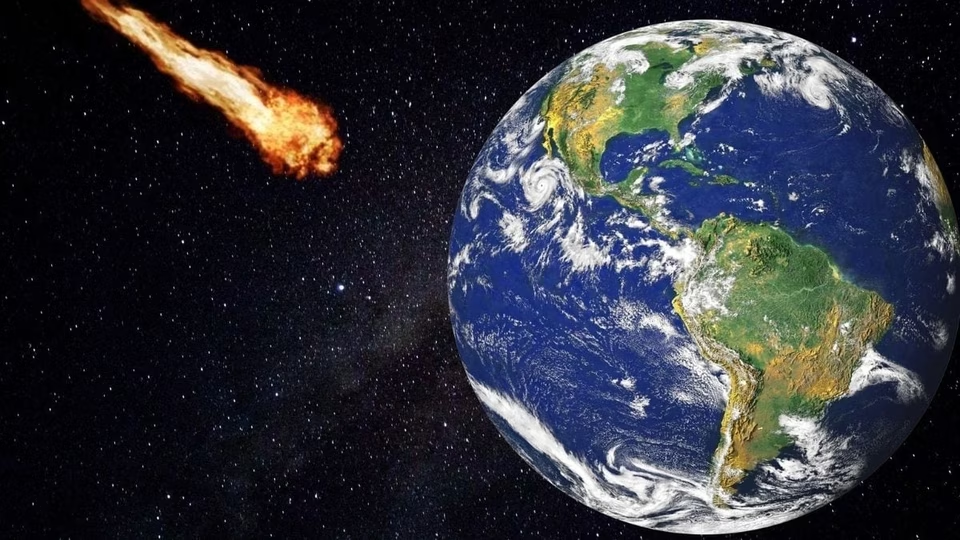
Two massive asteroids nearly a kilometre wide racing towards Earth, warns NASA
text_fieldsNASA has issued a warning about two giant asteroids that will be approaching Earth closely as they move ahead in their orbits around the Sun.
According to NASA’s Jet Propulsion Laboratory (JPL), the first asteroid dubbed 1994 XD is massive, nearly 1500-foot, which roughly comes to about the size of a bridge, moving at a speed of 77301 km per hour. It is expected to come close to Earth on June 12.
The second asteroid named the 2020 DB5 which measures even more- 1600-foot - is expected to rendezvous with Earth on June 15 and is currently moving at a rapid speed of 34279 kmph.
Both asteroids have been classified as potentially hazardous as their diameters are larger than 150 meters and also due to their proximity to Earth.
Asteroids are rocky objects that orbit the Sun and are remnants from the early solar system formation and can vary in size from small boulders to massive bodies several hundred kilometres in diameter. They usually do not pose a risk to humanity.
The asteroid last visited Earth over a decade ago on November 27, 2012, and as it moves around in its orbit, it will next return to Earth seven years later in 2030 while asteroid (2020 DB5) last visited Earth in 1995.
The Jet Propulsion Laboratory, which is tracking the asteroid has predicted that after the close approach on June 15, the asteroid will not visit Earth until 2048. Its next visit to Earth will bring it nearly 5,32,67,313 kilometres close to the planet.
Once an asteroid's orbit is determined, scientists use sophisticated mathematical models and orbital calculations to predict its future trajectory. These predictions help identify potential close approaches and possible impacts on Earth.
While the vast majority of known asteroids pose no immediate threat, tracking them is crucial to identify any potential hazards and assess the need for mitigation strategies in the future.

























